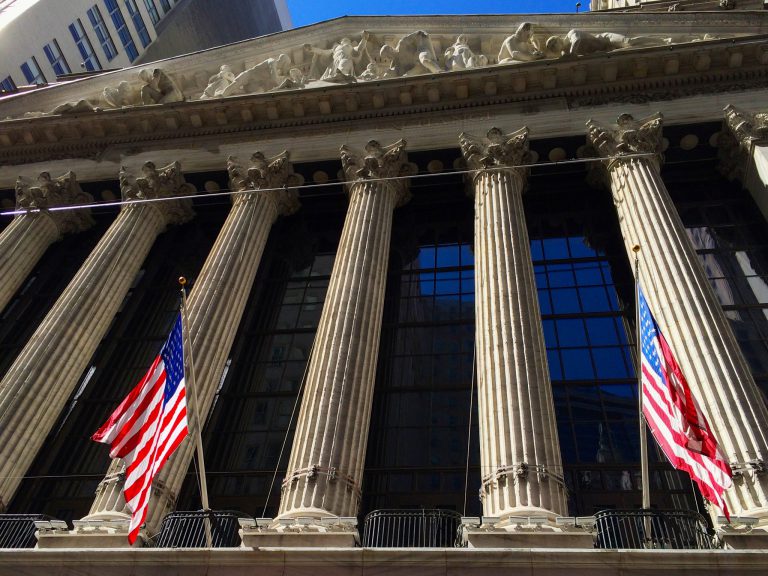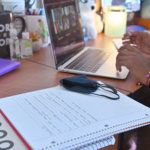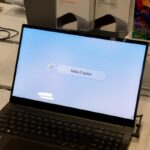
To make the most of your time while studying abroad and feel on top of your new life in the USA, you’re going to have to know how to keep tabs on your money.
It’s essential that you ask questions and read up on as much as you can – you’re not stupid, but you’re certainly not going to know all the answers already! With this simple guide to financial success on the other side of the pond, you can brush up on your understanding of U.S. banking right here, right now, and become a true monetary mogul.
Debits cards are really easy to use in the U.S. as there aren’t many stores that have a minimum spend and they are accepted all over the country. If you’re going to be studying in the U.S. for a year or more then you might want to consider opening a U.S. bank account and obtaining a U.S. debit card, as this could help you avoid fees and complications that can arise when using a debit card in a foreign country. If you’re planning to use your current card then remember to let your bank know beforehand, or they could put a fraud stop on your account when you start using it overseas. It’s also a good idea to find out how much you’ll be charged to take out cash in the U.S. – in particular if there are any banks affiliated with yours where withdrawals might be free.
What you need to know about opening a bank account in the US. https://t.co/WyNvLiJLkk #StudyintheUS
— Int’l Student (@intstudent) February 7, 2016
On Thursday 1st October 2015, all U.S. merchants were supposed to be equipped with brand new credit card machines that accept Chip and PIN technology, but according to reports in both USA Today and ComputerWorld, not only have most Americans failed to receive a new Chip-enabled card, but as many as 50 percent of the population doesn’t even know what a Chip and PIN card is! This means you may be asked to sign a receipt upon purchase of an item, which presents significant disadvantages when it comes to fraud so keep a close eye on your cards and statements. Another key difference is that most ATMs will charge you a fee to withdraw cash if you don’t have an account with that bank.
Credit cards are also convenient to use around the country but you may be charged a foreign transaction fee for using an overseas card in the U.S. – which will usually be 3-5% of the cost of purchase. Using an overseas credit card in the U.S. can be an expensive business so many students opt to bring one purely for emergency use. Obtaining a U.S. credit card is hard for international students. If you want to apply then you need to be able to provide evidence of your incomes (source and amount), bank information and evidence of how long you’ve lived at your current address. Some businesses, such as department stores and petrol companies, offer credit cards that can only be used to purchase goods from them – be wary of these cards as they are not loyalty cards and interest rates can be high.
Opening an account with a U.S. bank will require your passport, visa information, proof of enrolment at the university, a minimum deposit and details of your residence in the U.S. as well as back at home. Find out if the bank offers a specific student account, as this could offer discounts on fees and better accessibility. There are two types of account in US banking terms:
– Savings or deposit accounts, which may come with a higher interest rate but there may be access restrictions, such as a minimum balance requirement.
– Checking accounts, which are basically the same as current accounts.
Funding your US bank account means transferring cash over from your home account. You’ll need to speak to your chosen bank to find out whether there are fees for international transfers and converting foreign currency into dollars in your new U.S. account. It may be cheaper to transfer large amounts in one go, or to use a service such as Western Union or Travelex.
Off to #Mexico for #SpringBreak? Don’t forget your #Pesos at special #Rate this week! Info: https://t.co/rOAaSaKmxo pic.twitter.com/xl6IT22m0s
— Travelex_USA (@Travelex_USA) March 24, 2016
Once your account is up and running, you need to manage it carefully to avoid slipping into your overdraft, which essentially lands you in a situation where payments are being drawn against the account for more money than you actually have in there. Even if you issue a cheque for $1 more than you have in your account, a U.S. bank will charge you a fee – and there are no exceptions made for being a foreign student. Penalty fees are usually $20.
If you’re asked for a guaranteed cheque at any point – for example to pay the deposit on an apartment – you can request a cashier’s cheque or banker’s draft. There may be a fee for this but it is essentially a pre-paid cheque that might be required any time you’re writing a cheque for a large amount.
Remember – check all your statements carefully and try to be frugal with your funds. What you don’t want is to end up in a situation where you desperately need money but there is none left in the bank! Just take note of these tips, do some thorough research and save as much as you can. Happy spending & studies!
Image via Pixabay.







